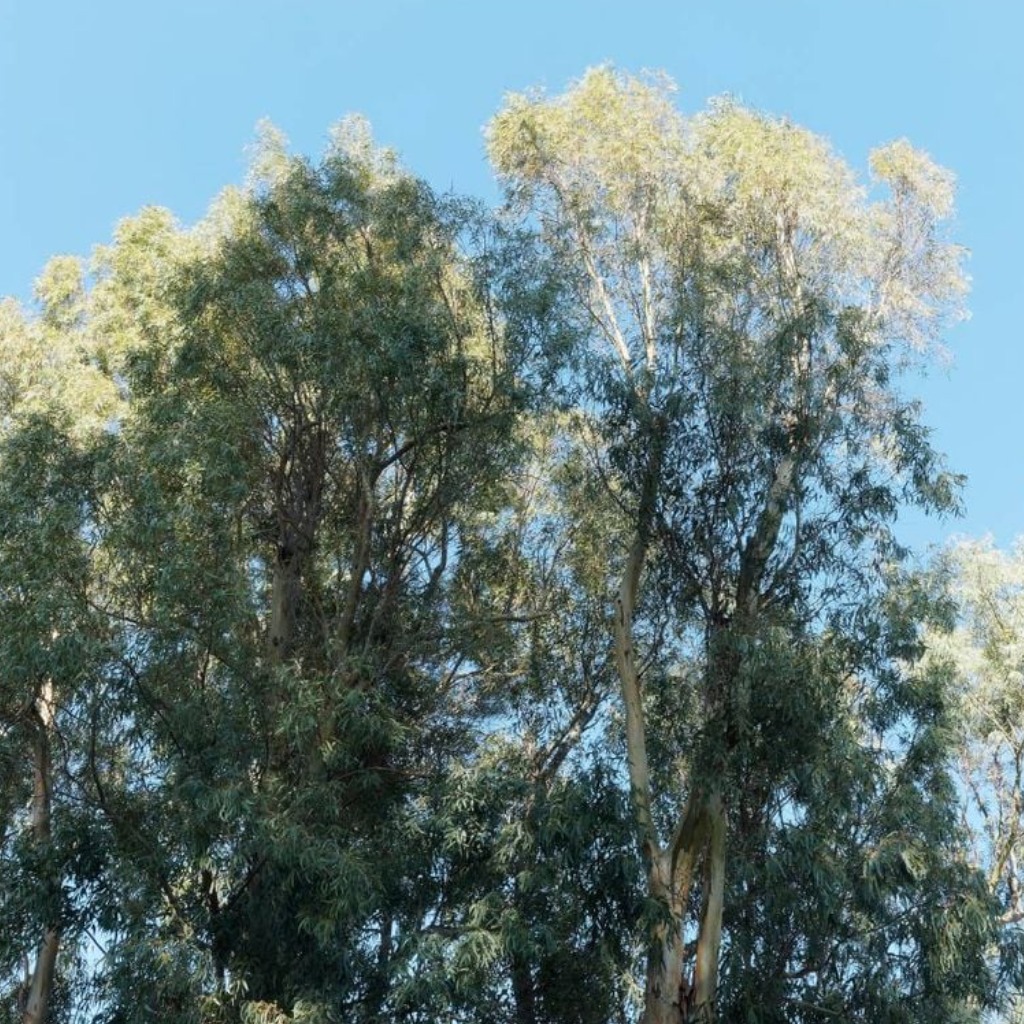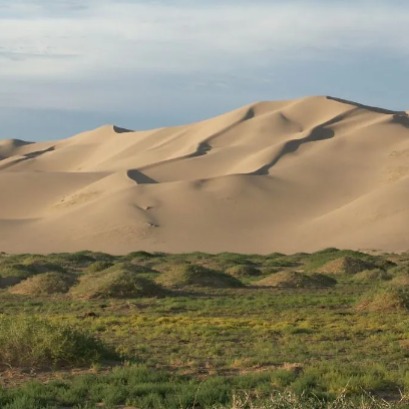
The greatest blue eucalyptus (Eucalyptus globulus) never measured, Strong Girl 82 meters high
The violent fires that ravaged southern Tasmania in 2019 knocked down what was the highest flower tree in the world. Scientists now fight to preserve these centenary giants.
Tasmanias Australian island state has long been the home of centenary and giant plants and trees. For example, one of the most rare bushes, the Kings Lomatia (Tasmanica Lomatia), exists in this territory for at least 43,000 years. However, in recent years, many of these giants and ancient floristic specimens have succumbed. Many of them were and are subjected daily to various threats, such as droughts, felling or even the use of fire, in an increasingly hot world. In January 2019, the hottest and most dry registered in that region, a series of devastating fires burned a total of more than 200,000 hectares, which represents 2.9 % of the terrestrial surface of Tasmania. These serious fires have burned traditionally colder and more humid areas of Tasmania, where rare species such as pencil pine and pencil and Pino King Billy, and have caused the death of at least 17 of the largest trees in the south of that island state, including the largest blue eucalyptus (Eucalyptus globulus) measured, Strong Girl 82 meters high. This loss caused Great dismay in the scientific community, after all, had just lost a true milestone in the preservation of the world. This reality forced a group of researchers to sequence the genome of several aboriginal species, in order to preserve their genetic scheme and avoid being lost forever. of the Giant Eucalyptus Specimen Archive project. Here are several of the largest giants that remain in the Styx Valley, a temperate tropical jungle that houses the highest plants with the world. of Victoria (Mountain Fresno) and the forests of southwest Western Australia (red tingling, Eucalyptus Jacksonii). These regions tend to have more frequent rains and fires. In the Valley of the Giants (Styx Valley), in southern Tasmania, there is a mountain serbal (Eucalyptus regnans) called Centurion, which now exceeds 100 m high. Centurion is one of the main candidates to be the highest flower plant on the earth and the highest tree in the southern hemisphere. This kind of centurion is located in a small portion of non -carved state forest, in a strongly carved area. The logging in the region remains high, although in 2013 contiguous areas of old forests were added to the world heritage area. It was discovered in 2008, when forest workers analyzed data from an air laser scanner and identified the tree as a giant of 99, 76 meters high. In 2018, Daniel Bar Ness, a researcher at the University of Tasmania, re -checked its height by measuring it from the ground with a laser and concluded that the Living Cup of the tree had grown up to more than 100 meters high. Genetic multiplicity explains the height and the longevitybar-nass rose to Centurion and could notice that the highest branches had grown from the side of a divided upper trunk of approximately 300 feet (90 m) high, which suggests that the tree could have been significantly higher. The growth of these branches from the bottom of the trunk indicates that the tree is taking advantage of a change in the light conditions after the death of neighboring trees. The renewal capacity of eucalyptus species means that these trees can recover better after a fire and overcome less resistant species, such as the plants of the tropical jungle. of centurion leaves to study them more thoroughly and sequence their genome and could conclude that their legacy contributed greatly to their growth. The genetic multiplicity present in the DNA of this species points to its adaptability and consequently to its longevity.
IT MAY INTEREST YOU
 A forest is consuming one of the worlds largest deserts
A forest is consuming one of the worlds largest deserts
The region of northern China has been affected by droughts and the advance of the desert, before this, an artificial forest glimpses as a solution
 Batev 2025 began: the meeting point for the construction industry
Batev 2025 began: the meeting point for the construction industry
The 30th edition of the International Exhibition of Construction and Housing has been inaugurated today, consolidating as the main event for innovation, industrialized construction, sustainability and technology in the regions construction sector. The exhibition will be open until June 28, 2025, from 2:00 p.m. to 8:00 p.m., in La Rural.
 Corrientes opens its first forest-industrial exhibition and advances towards a competitive export logistics with the new Puerto de Ituzaingó
Corrientes opens its first forest-industrial exhibition and advances towards a competitive export logistics with the new Puerto de Ituzaingó
In a continuous commitment to the productive development of the forestry sector, the Government of Corrientes organizes its first forest-industrial exhibition, which will be held from June 26 to 28 in the new Ituzaingó industrial park. The event seeks to position the province as a strategic pole on the forest-industrial map of the country and the world, highlighting its growth, innovation and export potential.





















